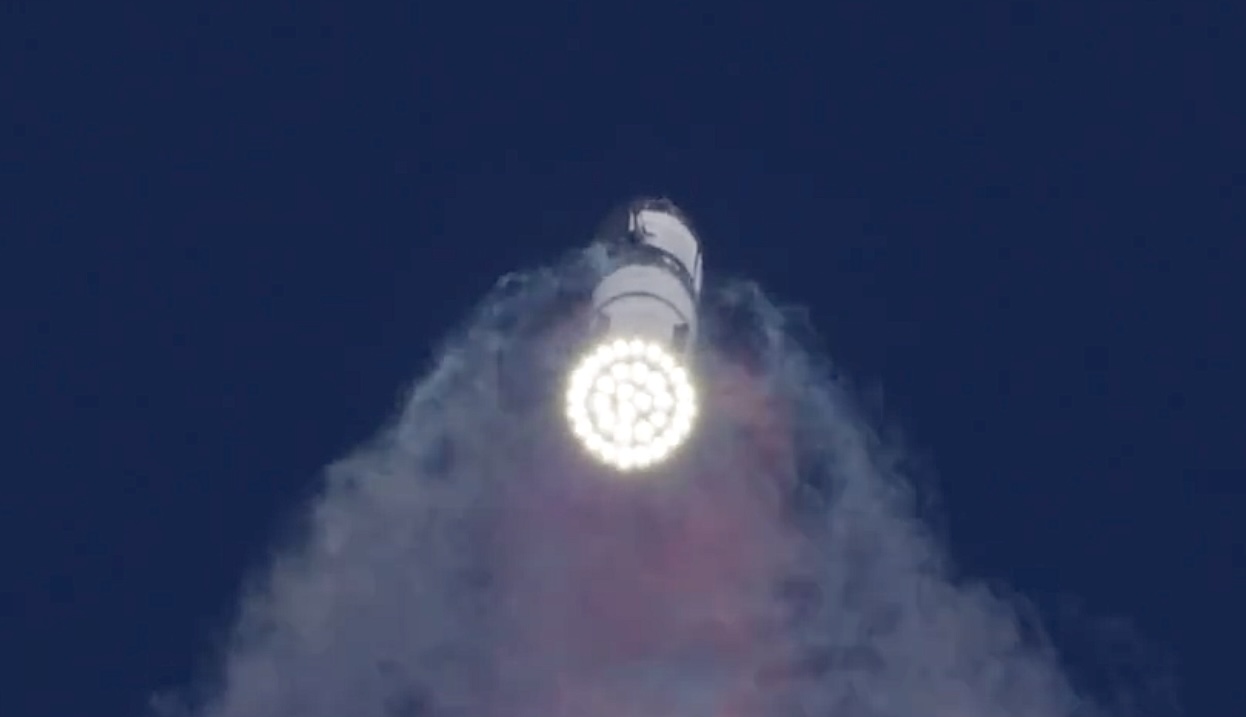This launch debuted a more advanced, slightly taller version of Starship, known as Version 2 or Block 2, with larger propellant tanks, a new avionics system, and redesigned feed lines flowing methane and liquid oxygen propellants to the ship’s six Raptor engines. SpaceX officials did not say whether any of these changes might have caused the problem on Thursday’s launch.
SpaceX officials have repeatedly and carefully set expectations for each Starship test flight. They routinely refer to the rocket as experimental, and the primary focus of the rocket’s early demo missions is to gather data on the performance of the vehicle. What works, and what doesn’t work?
Still, the outcome of Thursday’s test flight is a clear disappointment for SpaceX. This was the seventh test flight of SpaceX’s enormous rocket, and the first time Starship failed to complete its launch sequence since the second flight in November 2023. Until now, SpaceX made steady progress, and each Starship flight achieved more milestones than the one before.
On the first flight in April 2023, the rocket lost control a little more than two minutes after liftoff, and the ground-shaking power of the booster’s 33 engines shattered the concrete foundation beneath the launch pad. Seven months later, on Flight 2, the rocket made it eight minutes before failing. On that mission, Starship failed at roughly the same point of its ascent, just before cutoff of the vehicle’s six methane-fueled Raptor engines.
Back then, a handful of photos and images from the Florida Keys and Puerto Rico showed debris in the sky after Starship activated its self-destruct mechanism due to an onboard fire caused by a dump of liquid oxygen propellant. But that flight occurred in the morning, with bright sunlight along the ship’s flight path.
This time, the ship disintegrated and reentered the atmosphere at dusk, with impeccable lighting conditions accentuating the debris cloud’s appearance. These twilight conditions likely contributed to the plethora of videos posted to social media Thursday.

Starship and Super Heavy head downrange from SpaceX’s launch site near Brownsville, Texas.
Credit:
SpaceX
The third Starship test flight last March saw the spacecraft reach its planned trajectory and fly halfway around the world before succumbing to the scorching heat of atmospheric reentry. In June, the fourth test flight ended with controlled splashdowns of the rocket’s Super Heavy booster in the Gulf of Mexico and of Starship in the Indian Ocean.
Then, in October, SpaceX caught the Super Heavy booster back at the launch pad for the first time using mechanical arms, proving out the company’s audacious approach to recovering and reusing the rocket. On this fifth test flight, SpaceX modified the ship’s heat shield to better handle the hot temperatures of reentry, and the vehicle again made it to an on-target splashdown in the Indian Ocean.
Most recently, Flight 6 on November 19 demonstrated the ship’s ability to reignite its Raptor engines in space for the first time, and again concluded with a bullseye splashdown. But SpaceX aborted an attempt to again catch the booster back at Starbase due to a problem with sensors on the launch pad’s tower.

